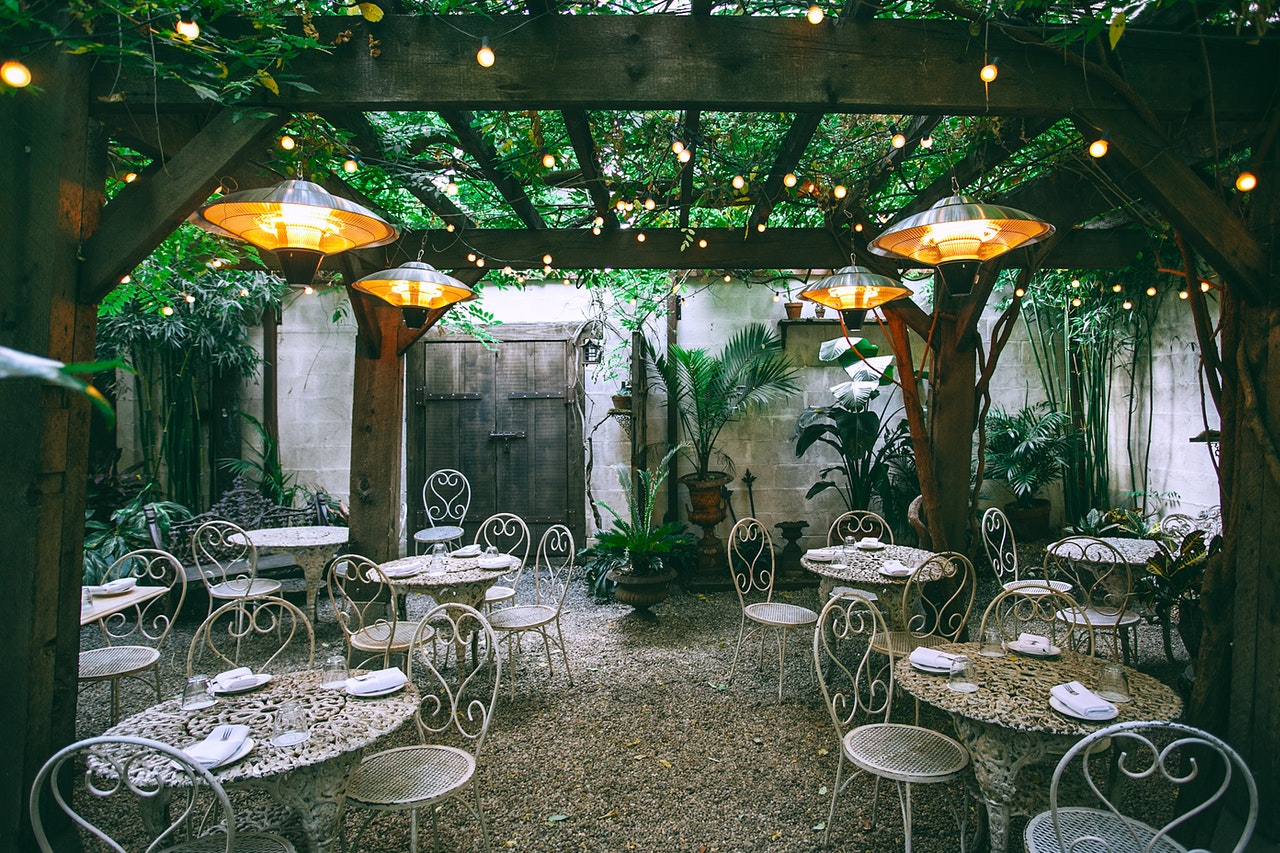
What Are Living Building Materials?
The term “living building materials” conjures up images of 19th century sod cabins, or “soddies,” built by settlers on the treeless American plains and prairies. However, the term, abbreviated as LBM, actually refers to building materials that mimic the behavior of a living organism. Such materials may be self-replicating or self-mending, emulate biological processes such as breathing, or copy the structure of certain organic structures or components, such as spider silk or abalone shell nacre.
Living building materials have the advantages of being eco-friendly and sustainable, but sometimes the downside is an unaffordable price tag.
Some living building materials currently in use include self-mending materials, air cleaning bricks, passive cooling ceramics, mass timber, self-cleaning paint, and thermobimetals.
Surety Bond Professionals is a family owned and operated bonding agency with over 30 years of experience. With access to a broad range of surety markets, our expert agents are ready to assist with all of your construction bond needs.
Self-Mending Materials
Self-mending materials pay homage to the human body’s ability to heal itself. Self-mending concrete is the most common example. Water-permeable capsules filled with living but dormant dry spores are mixed into wet concrete. The spores remain dormant until water enters through a crack and dissolves the capsules, which reactivates them and they start to grow, producing calcite, which fills the cracks and hardens, sealing it and preventing further water intrusion and cracking. Self-mending concrete could extend the life of building foundations, bridges, tunnels, and other structures, postponing the need for extensive repairs or replacement and the associated monetary and environmental costs.
Air Cleaning Bricks
Air cleaning bricks address indoor air quality in much the same way that the upper respiratory system filters out particulate matter before it can enter our lungs. Layering concrete bricks on the outside of a building can filter out larger particles as air is drawn through the bricks into an internal cyclonic separator (also known as a dry scrubber) that uses inertia to remove particulate matter and drop the particles into a hopper at the base of the wall. This method will remove all or nearly all heavy particles and reduce the lighter particles by about one-third. This makes the air entering the building (passively or through a ventilation system) is cleaner.
Air cleaning bricks have great potential as a cost-effective way to improve indoor air quality, with undeniable human health benefits.
Passive Cooling Ceramics
Passive cooling ceramics resulted from experimentation to develop a passive cooling system that works in much the same way as our skin transfers heat from our bodies when we perspire. A clay and hydrogel façade acts as a building’s skin and allows it to “sweat.” The hydrogel embedded in the clay soaks up water. Heat from the building transfers into the water and is removed through evaporation. Experimental data suggest the potential to reduce traditional air conditioning use by nearly 30% for an obvious cost savings and lower carbon emissions.
Mass (Laminated) Timber
Mass Timber is a sustainable, engineered wood that is stronger and less vulnerable to fire than solid wood. The two most common types of mass timber are glue-laminated timber and cross-laminated timber.
Glue-laminated timber (GLT) consists of several pieces of wood that have been glued together, one on top of another, for strength. Cross Laminated Timber (CLT) is created by gluing together layers of solid-sawn lumber, with the layers arranged perpendicular to each other. GLT is typically used to create beams, while CLT is used in panel form.
One glue used in creating mass timber was inspired by the way that mollusks adhere to surfaces. It was designed to eliminate the use of adhesives containing volatile organic compounds (VOCs). The glue incorporates a modified soy protein that emulates the mollusk protein, resulting in a nature-based, bio-mimetic adhesive.
The strength and fire resistance of mass timber makes it possible to design wooden buildings that are taller than what we can historically make using solid wood. Increasing the use of wood in the construction industry could reduce carbon emissions by sequestering more carbon in buildings and other structures.
Self-Cleaning Paint
Self-cleaning paint for masonry is the result of observing how lotus leaves, indeed the leaves of many plant species, repel water, which carries away dirt particles as it flows off the plant. Self-cleaning paint applies this “lotus principle” to greatly reduce or eliminate the need for cleaning processes that can degrade building facades.
Thermobimetal
Thermobimetal reacts to changes in temperature without electricity or external controls, just as living organisms respond to the sun. It’s created by laminating two different metal alloys together (typically some combination of nickel, manganese, iron, or copper alloys). The two alloys have different coefficients of expansion, so that one side expands faster than the other when the temperature rises, making the material curl in the opposite direction. A matrix of thermobimetal pieces is used as an interlayer between glass panes in certain self-shading windows.
These are only a few examples of living building materials. Over the next few years, as living building materials become more readily available and less costly to produce, it should become more feasible to incorporate them in the design of a wide range of structures.
Get A Quote
Our surety bond professionals will get you the construction bonds you need at a competitive rate.


